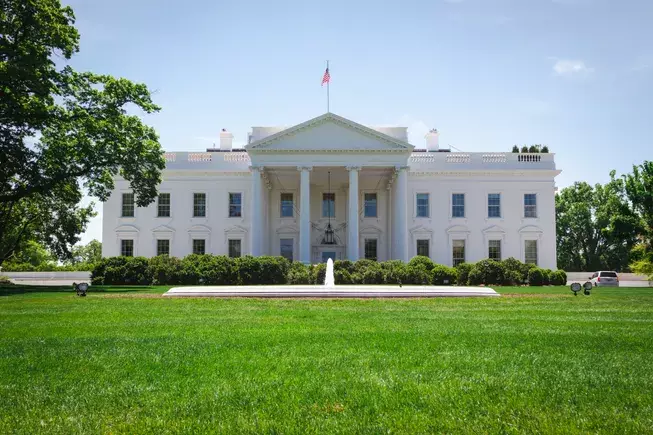The shifting landscape of trade relations between the United States and China is not just a geopolitical discussion; it directly impacts the global economy and everyday consumers. Recently, the U.S. government heralded a significant concession — a reduction in tariffs on Chinese imports. This development is more than just economic maneuvering; it symbolically pauses a trade war fraught with uncertainty and anxiety. Both markets and citizens breathe a collective sigh of relief, recognizing the potential for stability amid a tumultuous economic climate exacerbated by the COVID-19 pandemic.
The complexity of international trade is such that tariffs do not just influence the pricing of goods; they reverberate through supply chains and consumer confidence. An easing of tensions between these two economic giants is crucial, particularly for industries reliant on trans-Pacific exchanges. Recall the height of trade hostilities, where tariffs sharply increased prices on a plethora of goods. By reducing tariffs, the U.S. government is not merely reducing prices; it is signaling a return to negotiations and collaboration, an inviting atmosphere for investors and businesses alike.
The TikTok Conundrum: A Symbol of Broader Issues
Central to this dialogue is TikTok, the social media platform that has become emblematic of broader U.S.-China tensions. After the Senate passed the TikTok sell-off bill on January 19th, mandates arose for the app to be handed over to a U.S.-owned entity should it wish to continue operations in America. This directive engendered apprehension among creators and stakeholders who rely on the platform for their livelihood. The ultimatum’s deadline came and went without resolution, leading former President Donald Trump to issue a temporary hold on enforcement, effectively elongating TikTok’s struggle for survival in the U.S. marketplace.
What has transpired since is quite revealing. The uncertainties surrounding the app transformed into a microcosm of the larger disputes between the two nations. Initially, trade tensions restricted any meaningful negotiations regarding TikTok’s future. The Chinese government, feeling the pressure from increasing tariffs, simply retreated from discussions about a possible deal. Yet, recent efforts to cool trade hostilities could potentially open the door for renewed dialogue, especially as both sides sense the value in collaboration.
Potential Path to a Deal with Oracle
With newfound optimism regarding trade relations, the prospect of TikTok forging a partnership with Oracle, a leading American tech firm, comes into view. Reports suggest that a structured deal could very well align with the U.S. legislation aimed at protecting national interests in foreign-dominated applications. However, this prospect is laden with complexities.
The stipulations that foreign-owned entities cannot exceed 20% ownership of the app, nor retain control over algorithms, underscore a fundamental struggle of ownership versus operational control. For ByteDance, TikTok’s parent company, relinquishing such control may be difficult, considering the company’s investment in and connection to its platform. Nevertheless, as negotiations evolve, the agility of both parties toward compromise will determine TikTok’s viability in an increasingly competitive and regulated American digital landscape.
Lasting Implications for Creators
Perhaps the most critical impact of these negotiations is felt by the creators who have built their brands on the platform. For many, TikTok is not just a creative outlet; it is a source of income and a community. The uncertainty that has shrouded TikTok over the past year has left these creators on unstable ground, waiting for news of a deal that could mean financial security or existential crisis.
If negotiations lead to a viable TikTok deal with Oracle, the air of certainty might translate into renewed confidence for content creators. Their fears of a sudden platform dissolution or operational overhaul would diminish, allowing them to explore creative opportunities unencumbered by anxiety. The long-term health of the app will, therefore, not only be a matter of business; it will directly correlate to the environment in which innovative voices can thrive and connect with audiences.
In the evolving dialogue between the U.S. and China, the implications stretch well beyond tariffs and trade barriers. It speaks to the future of technology, social media applications, and the nuances of international partnerships in an age defined by digital connectivity. The easing of trade tensions, potentially reigniting discussions over TikTok’s fate, could usher in a new era where collaboration takes precedence over confrontation—a development that could fundamentally reshape the digital landscape as we know it.


Leave a Reply